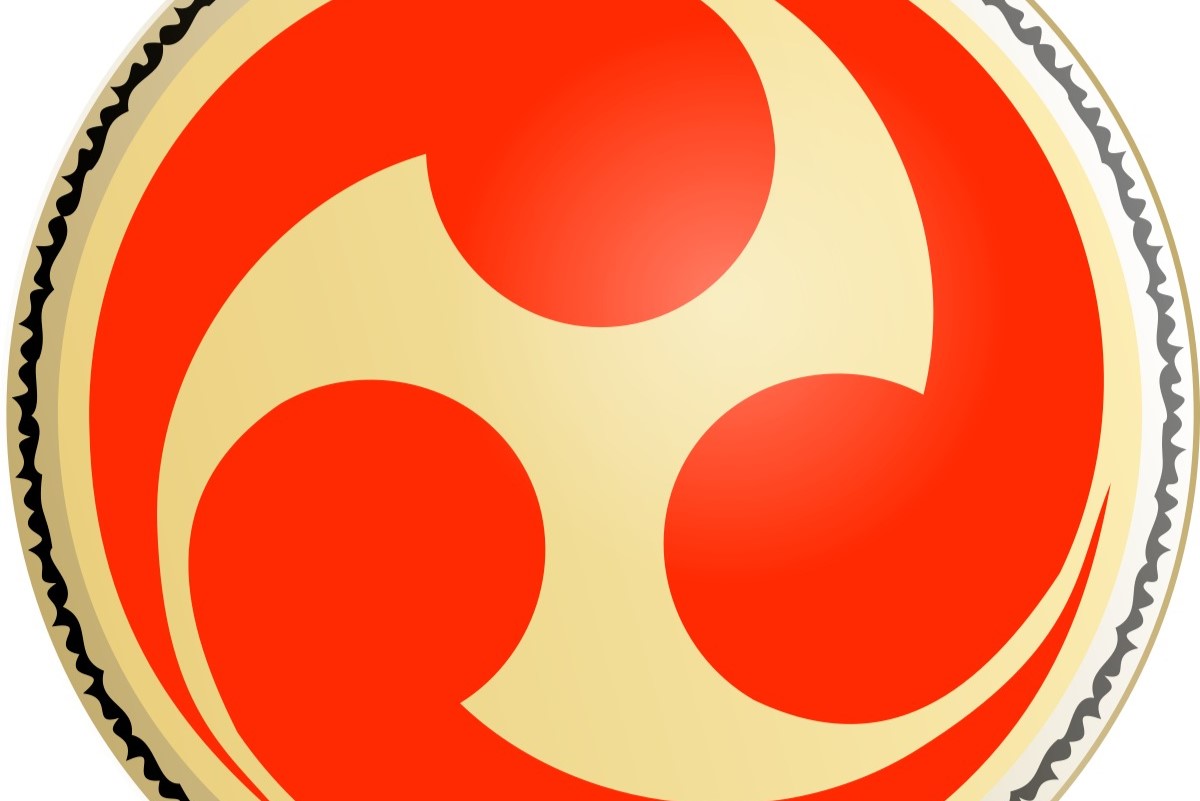Mystical Japanese Symbols That Bring Good Fortune

Have you ever wondered about the mystical Japanese symbols that bring good fortune? Japan has a rich culture filled with fascinating traditions and beliefs. Many of these symbols are thought to attract luck, prosperity, and happiness. From the Maneki Neko (beckoning cat) to the Daruma doll, each symbol holds a unique meaning and story. These symbols are often seen in homes, businesses, and temples across Japan. They serve as reminders of hope and perseverance. Whether you're planning a trip to Japan or just curious about its culture, understanding these symbols can add a special touch to your experience.
The Enigmatic Maneki-Neko
Maneki-Neko, or the "beckoning cat," is a popular Japanese symbol believed to bring good fortune and prosperity. Often seen in shops and restaurants, this charming feline raises one paw as if waving in good luck.
Origins: The origins of Maneki-Neko trace back to the Edo period. Legends tell of a cat that saved a samurai by beckoning him to safety.
Colors: Different colors of Maneki-Neko symbolize various types of luck. White brings happiness, black wards off evil spirits, and gold attracts wealth.
Paw Position: The raised paw also has significance. A left paw raised invites customers, while a right paw raised brings wealth and good fortune.
The Powerful Daruma Doll
Daruma dolls, with their round shape and intense gaze, represent perseverance and good luck. These dolls are modeled after Bodhidharma, the founder of Zen Buddhism.
Symbolism: Daruma dolls symbolize resilience and determination. When you set a goal, you paint one eye. Once achieved, you paint the other eye to complete the doll.
Colors: Red is the most common color, symbolizing good luck and protection. Other colors like gold and white represent prosperity and purity.
Usage: Daruma dolls are often used in New Year celebrations and business ventures to bring success and good fortune.
The Sacred Omamori
Omamori are Japanese amulets sold at Shinto shrines and Buddhist temples. These small pouches contain prayers and are believed to provide various forms of protection and luck.
Types: Different types of Omamori cater to specific needs. For example, there are Omamori for health, love, success in exams, and safe travels.
Design: Each Omamori is beautifully crafted with intricate designs and vibrant colors, making them not only spiritual but also visually appealing.
Tradition: It is customary to replace Omamori annually to ensure continued protection and luck.
The Mystical Koi Fish
Koi fish are revered in Japanese culture for their beauty and symbolic meanings. They are often associated with perseverance, strength, and good fortune.
Legend: According to legend, a koi fish swam upstream and transformed into a dragon, symbolizing overcoming obstacles and achieving greatness.
Colors: Different colors of koi fish represent various forms of luck. For instance, gold koi symbolize wealth, while red koi signify love and courage.
Art: Koi fish are commonly depicted in Japanese art, tattoos, and gardens, embodying their cultural significance and beauty.
The Auspicious Crane
Cranes are considered mystical creatures in Japan, symbolizing longevity, happiness, and good fortune. They are often featured in folklore and traditional art.
Origami: The art of folding 1,000 paper cranes, known as Senbazuru, is believed to grant a wish or bring good luck and recovery from illness.
Marriage: Cranes are also a symbol of marital fidelity and are often used in wedding ceremonies and decorations.
Mythology: In Japanese mythology, cranes are said to live for a thousand years, making them a powerful symbol of long life and prosperity.
The Protective Shisa
Shisa are traditional Ryukyuan guardian lions, often seen in pairs outside homes and temples in Okinawa. They are believed to protect against evil spirits and bring good fortune.
Appearance: One Shisa typically has an open mouth to ward off evil spirits, while the other has a closed mouth to keep good spirits in.
Placement: Shisa are usually placed in pairs, with the male on the right and the female on the left, symbolizing balance and protection.
Cultural Significance: Shisa are deeply rooted in Okinawan culture and are a common sight in the region, embodying the local beliefs and traditions.
Embracing Good Fortune
Japanese culture is rich with symbols that promise good fortune. From the Maneki-neko to the Daruma doll, each symbol carries unique meanings and traditions. Incorporating these symbols into daily life can bring prosperity, luck, and happiness. Whether you choose to display a Koi fish painting or wear a Hamsa charm, these symbols offer a way to connect with ancient traditions and invite positive energy. Next time you visit Japan or explore its culture, keep an eye out for these mystical symbols. They might just bring a little extra luck your way. Remember, it's not just about the symbols themselves but the belief and intention behind them. Embrace these traditions with an open heart, and you may find yourself experiencing the good fortune they promise.

